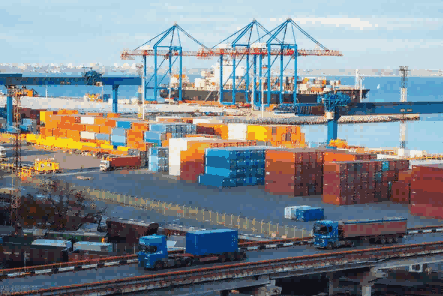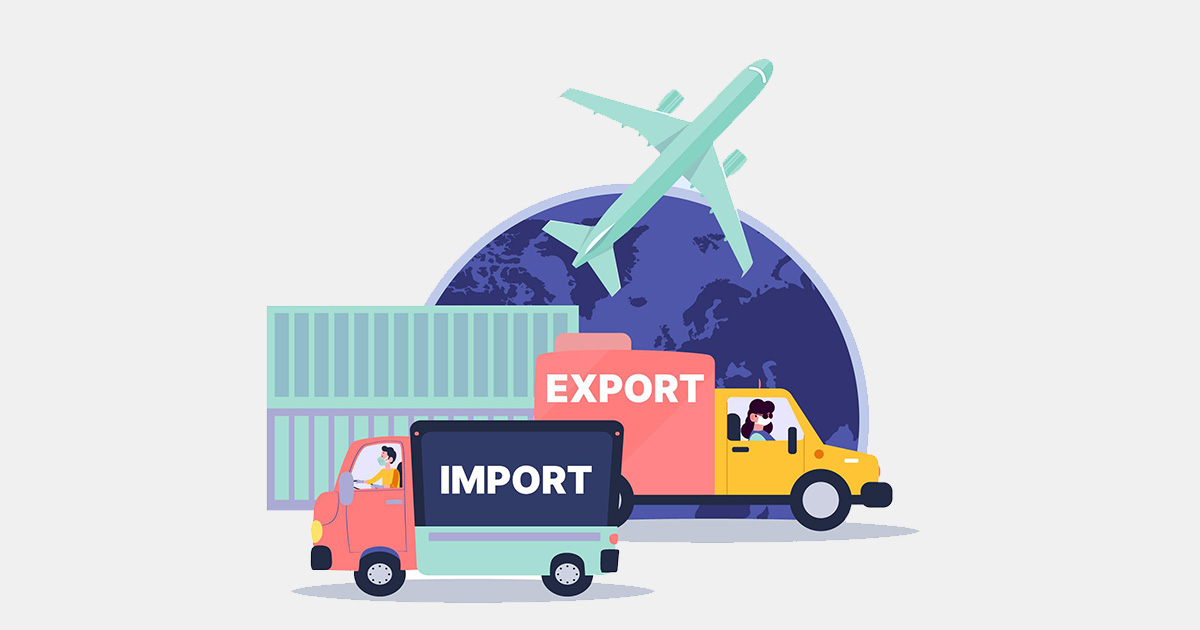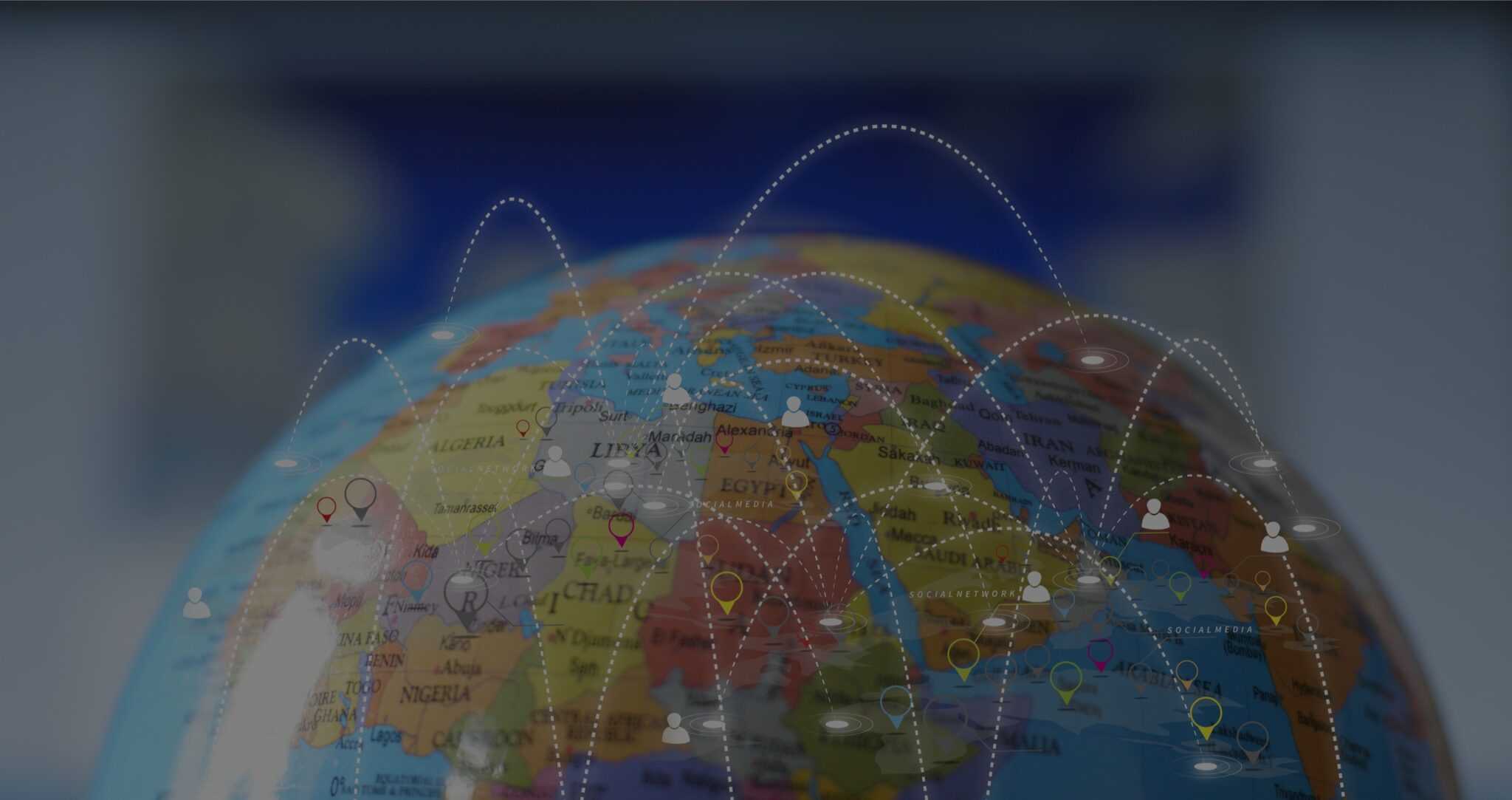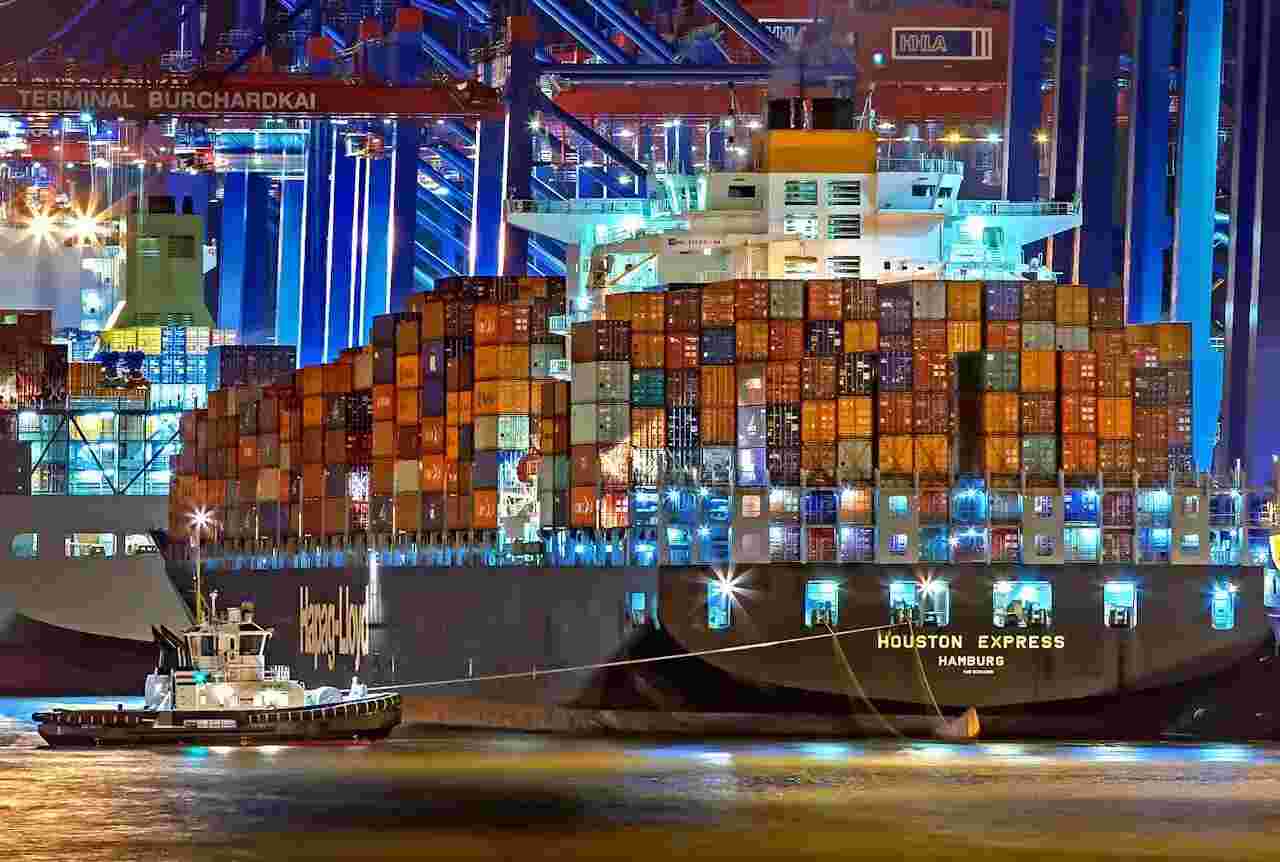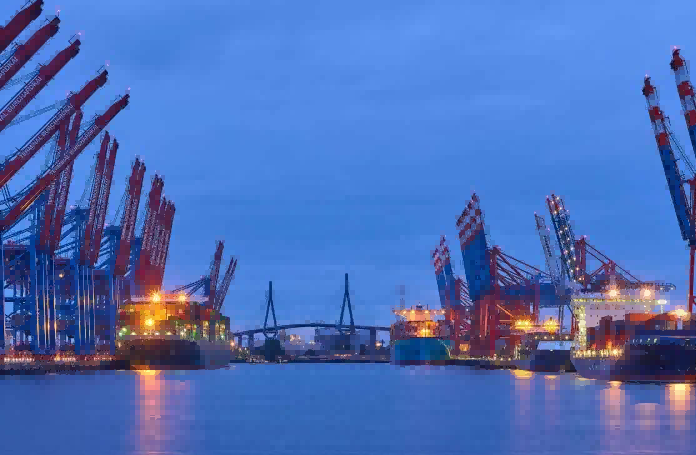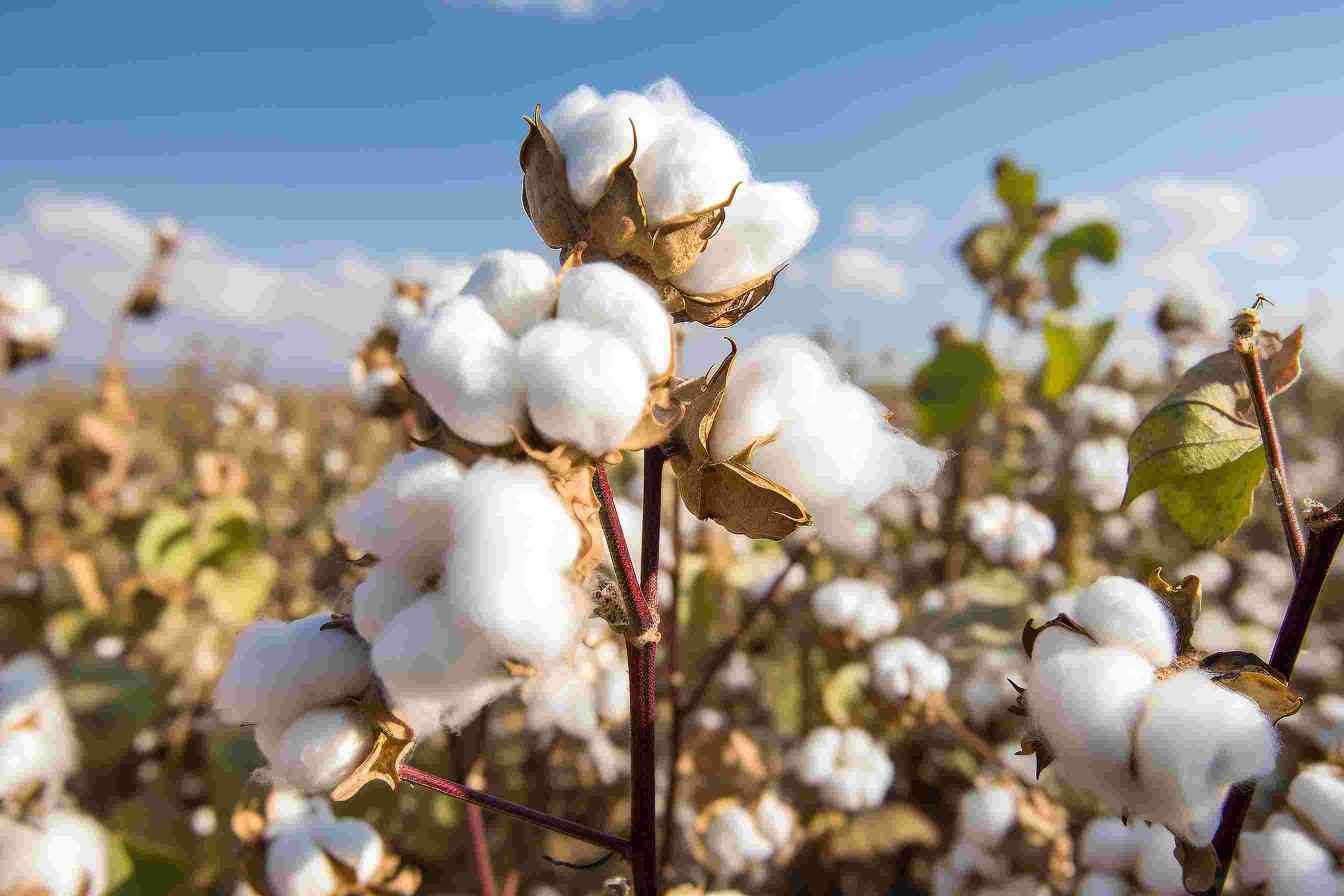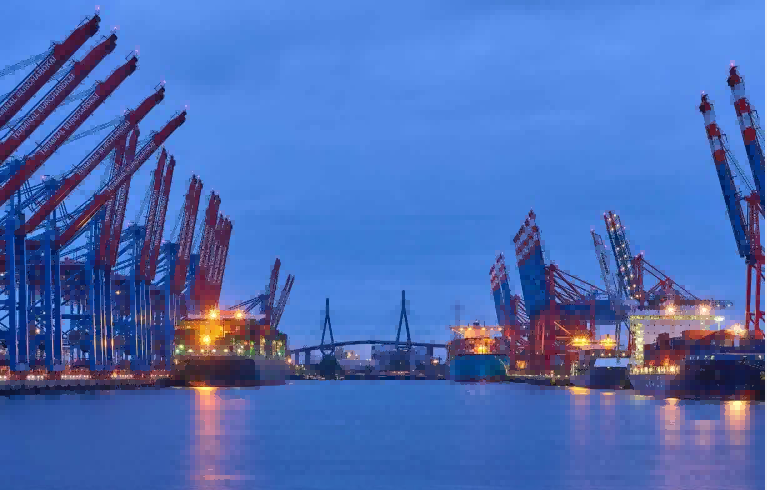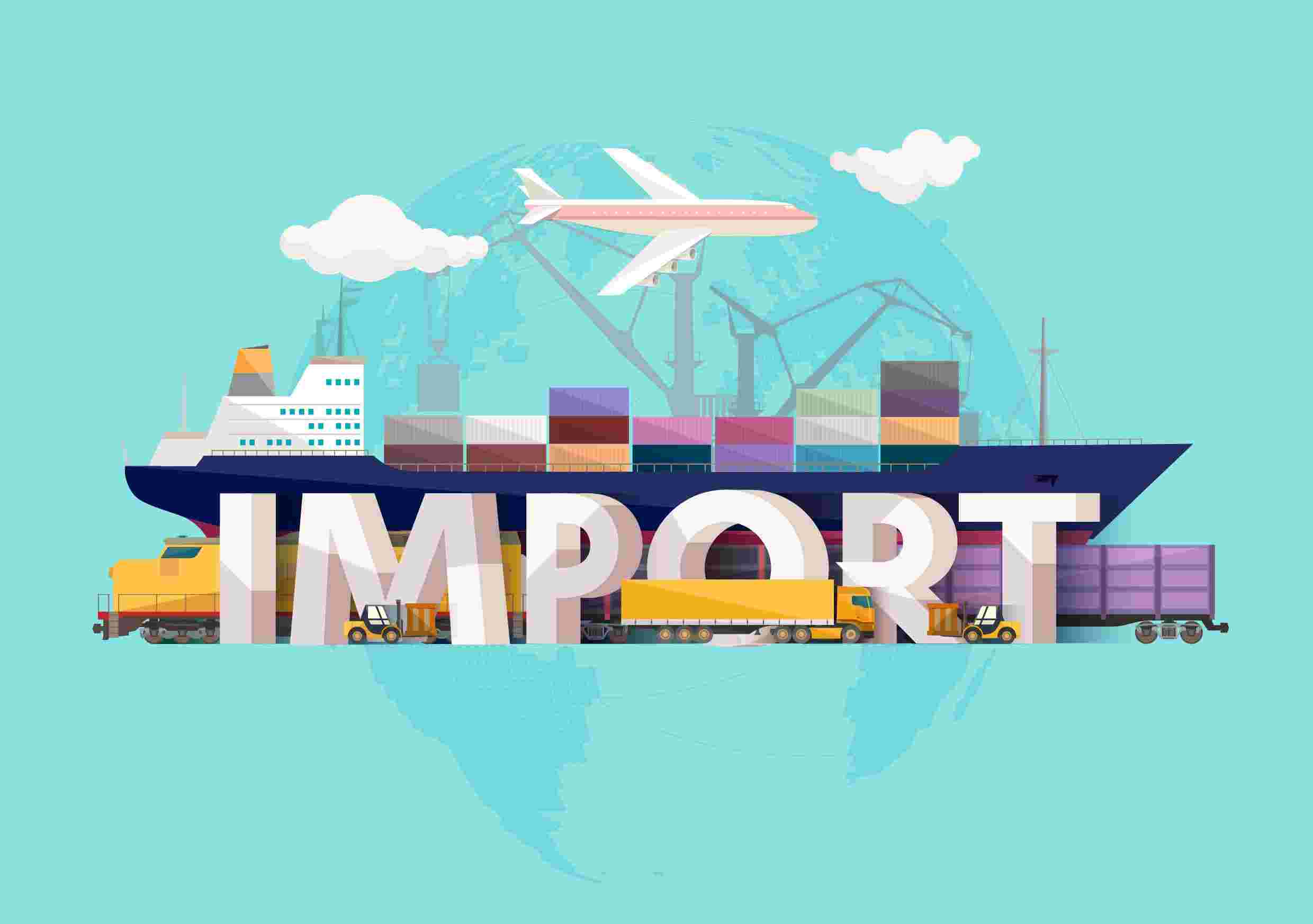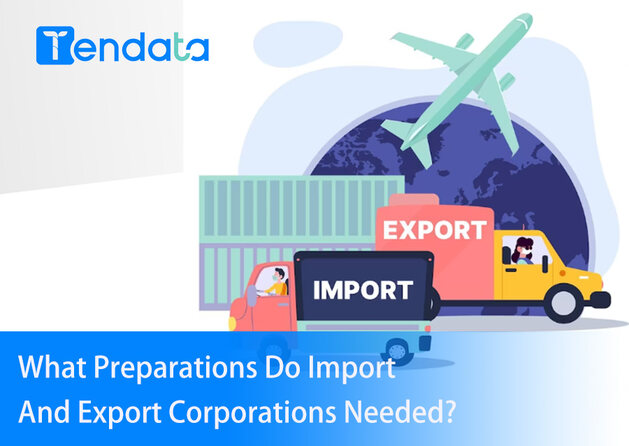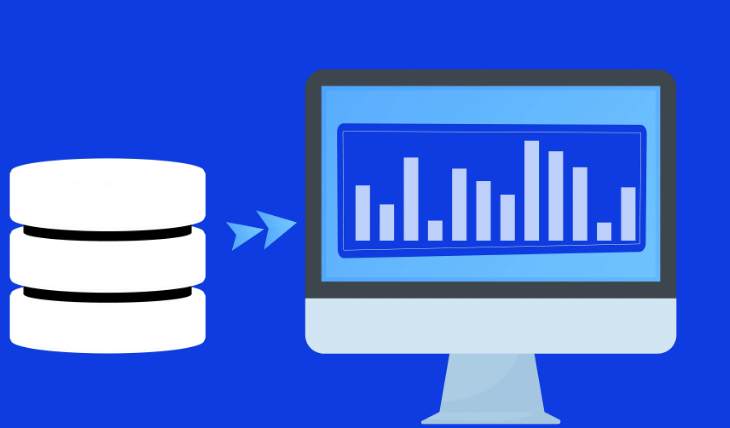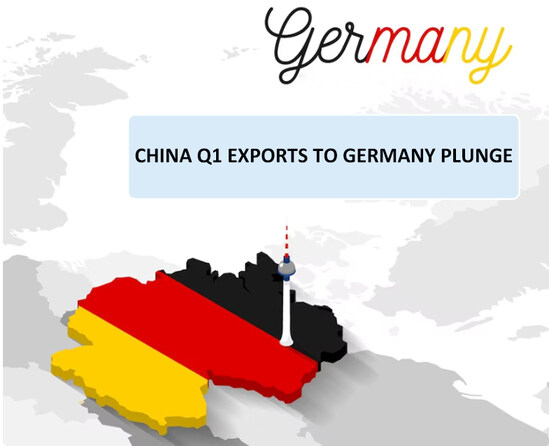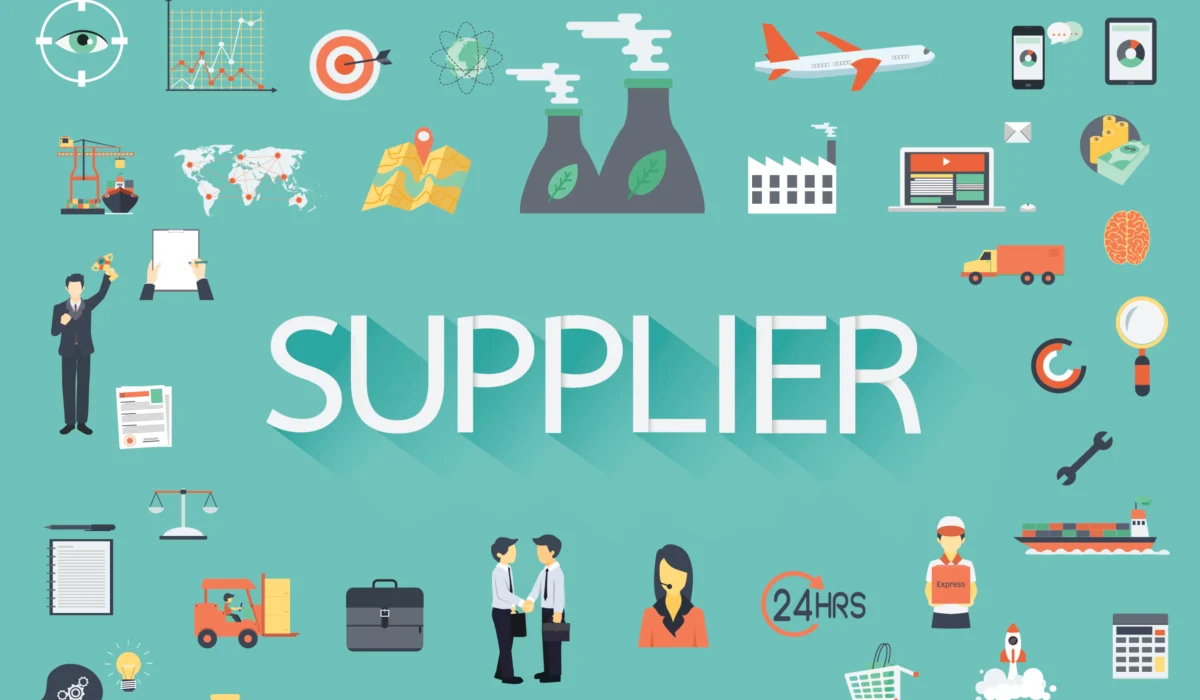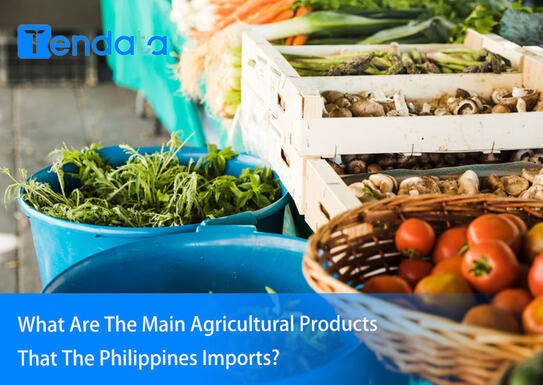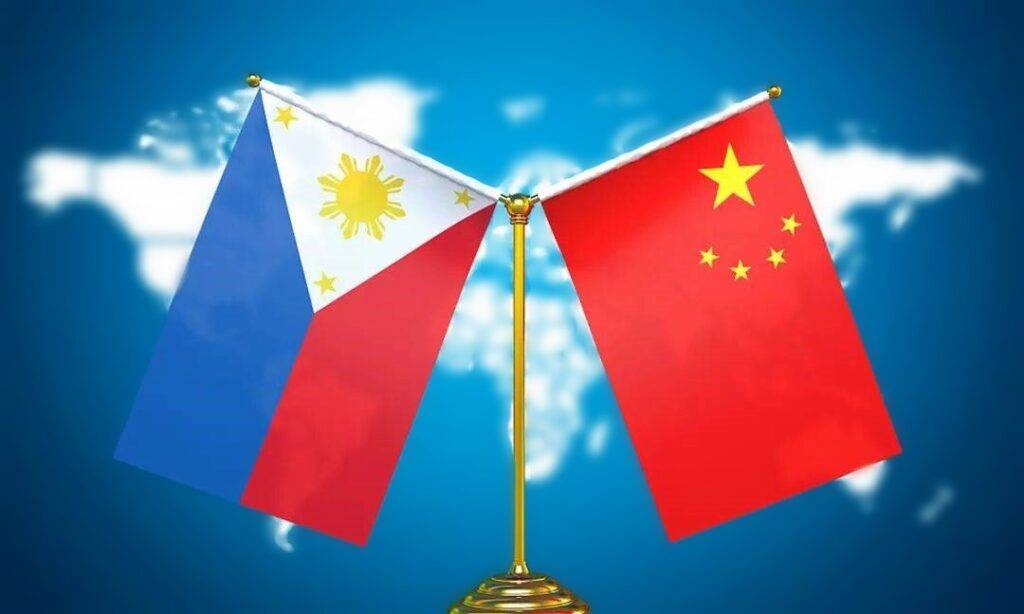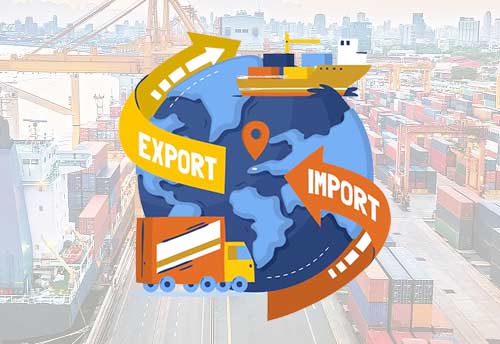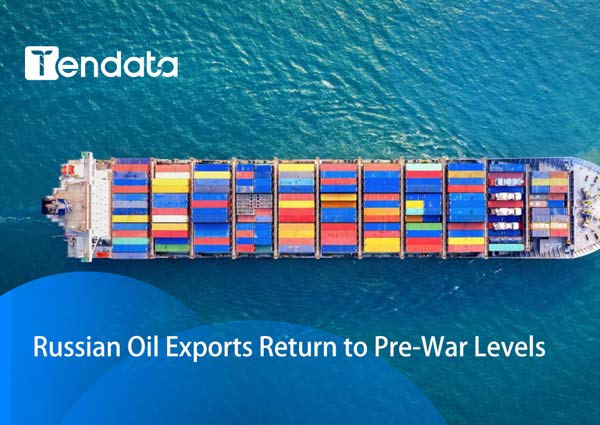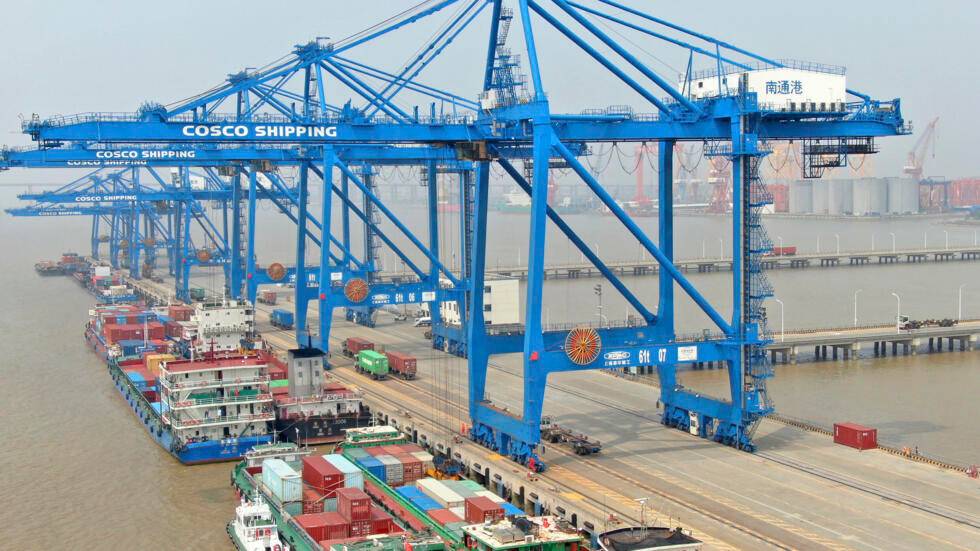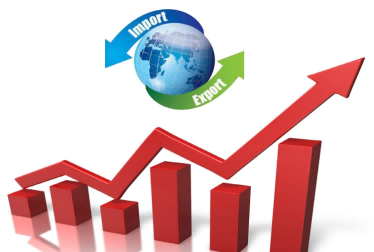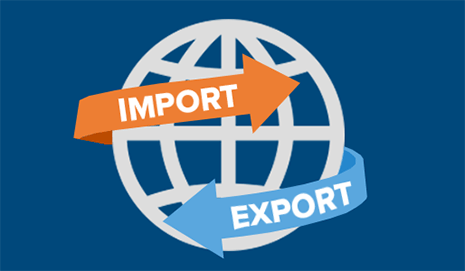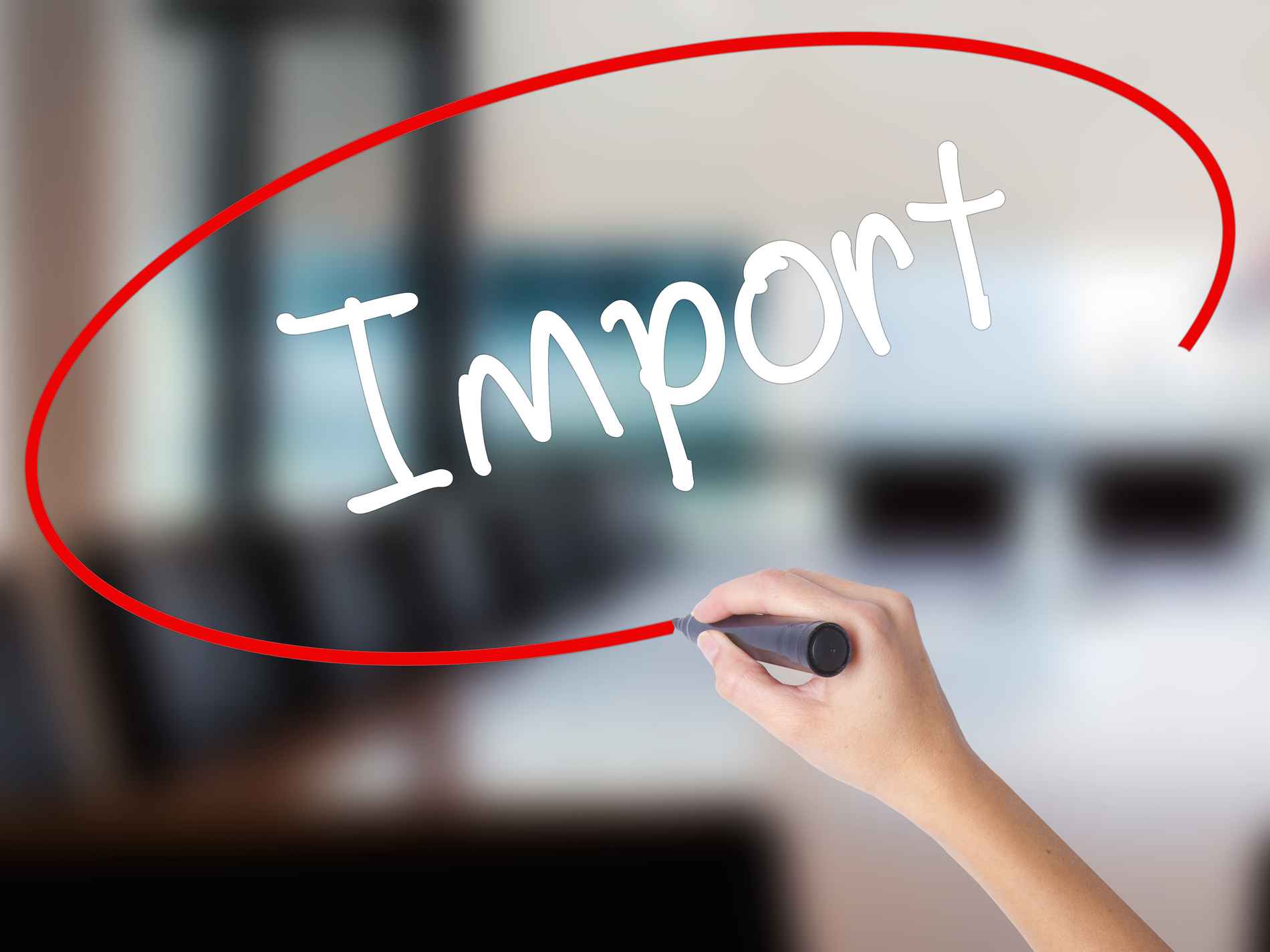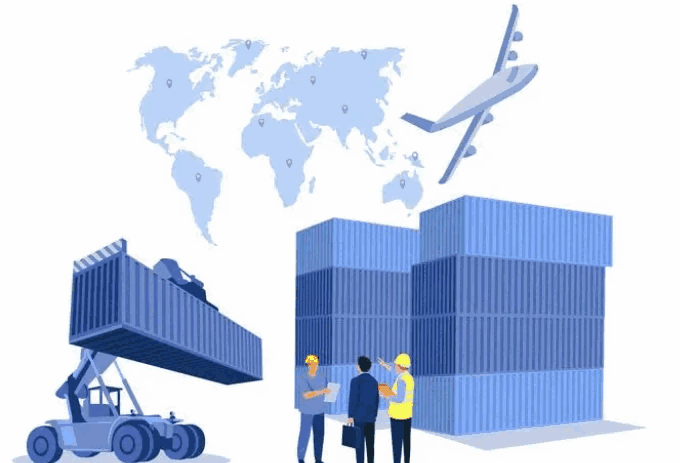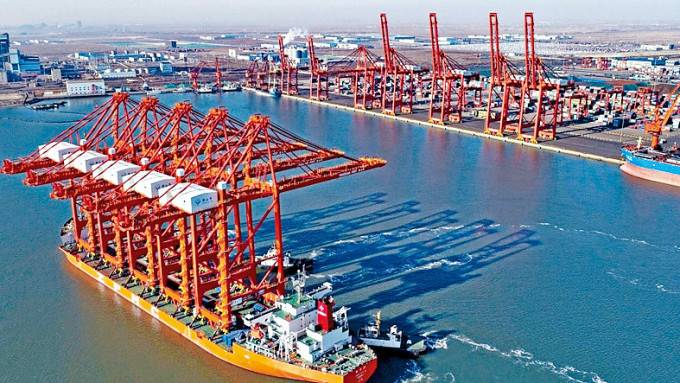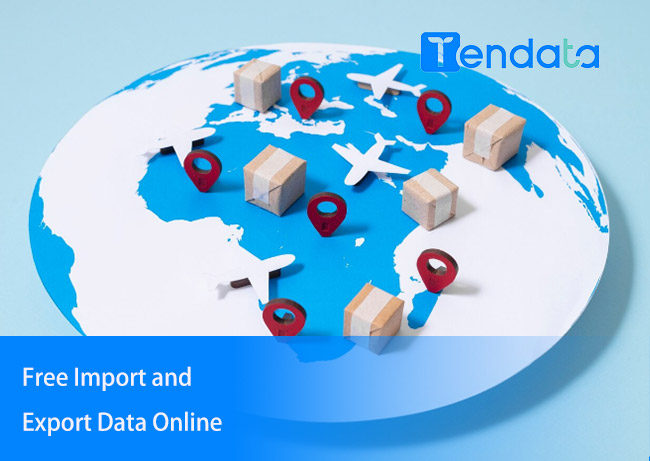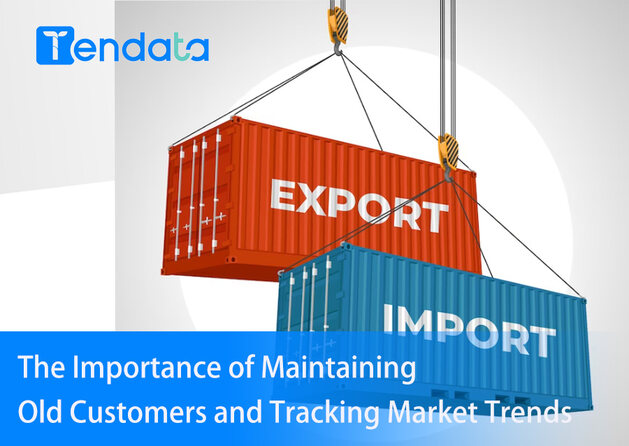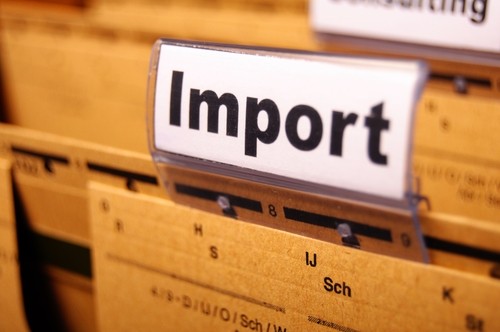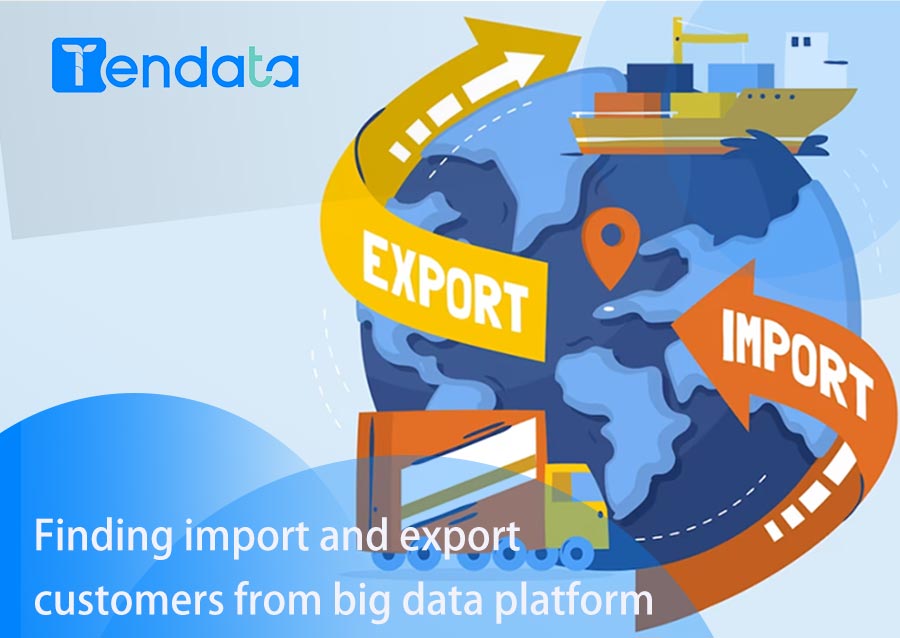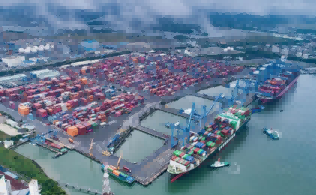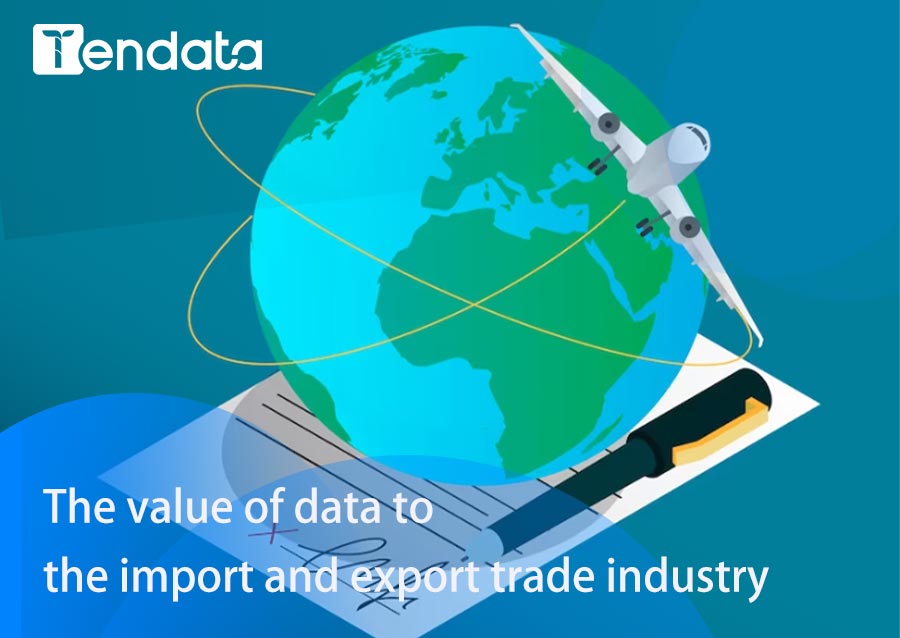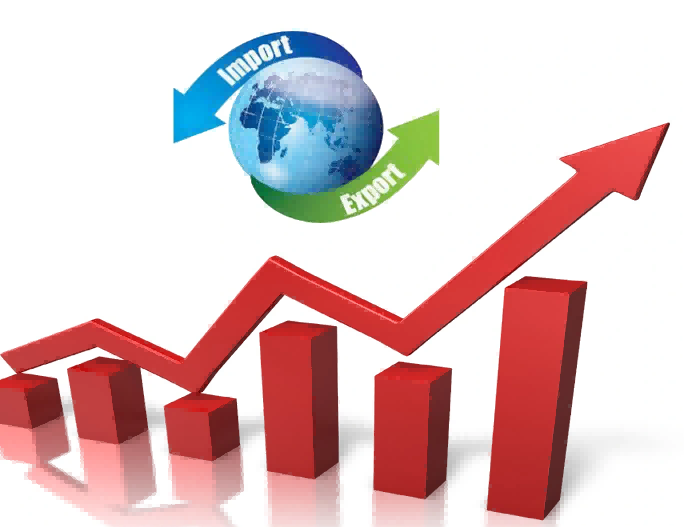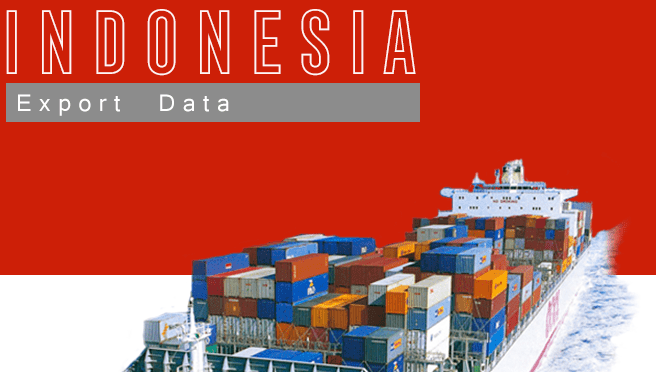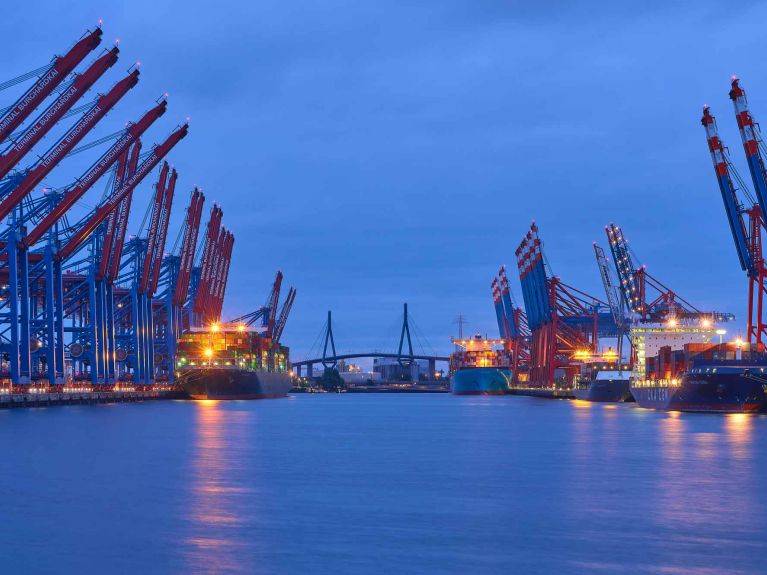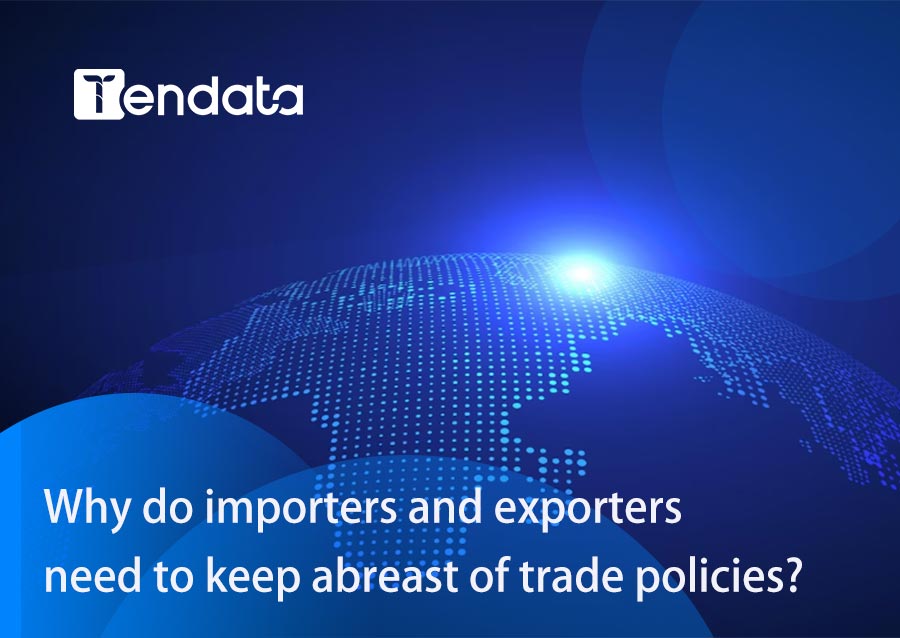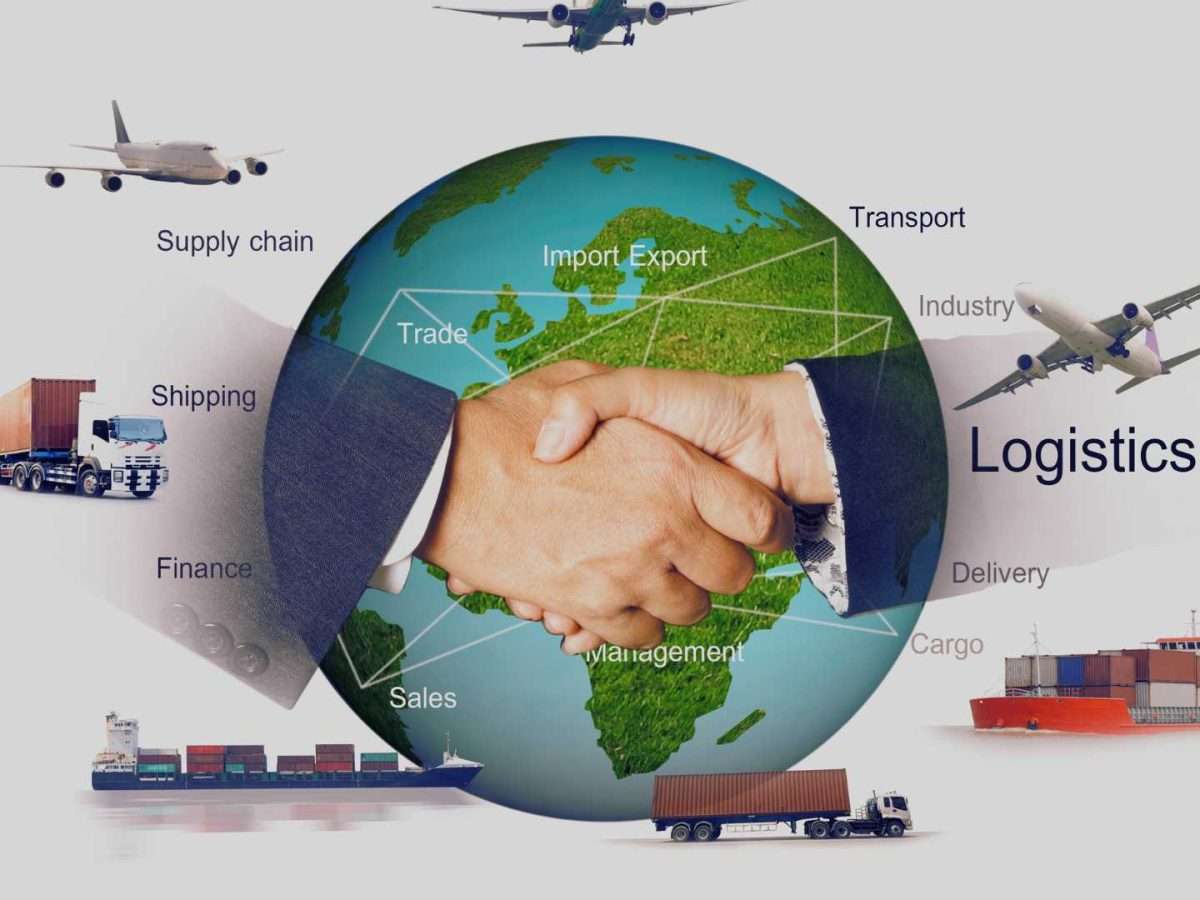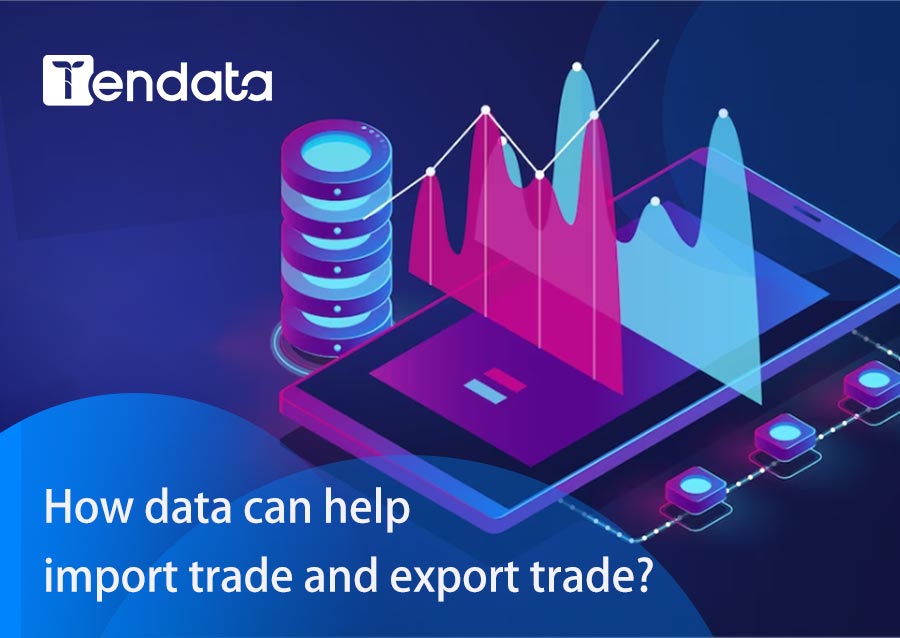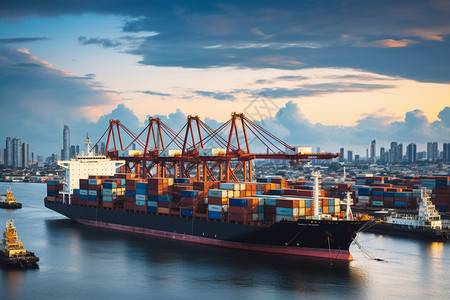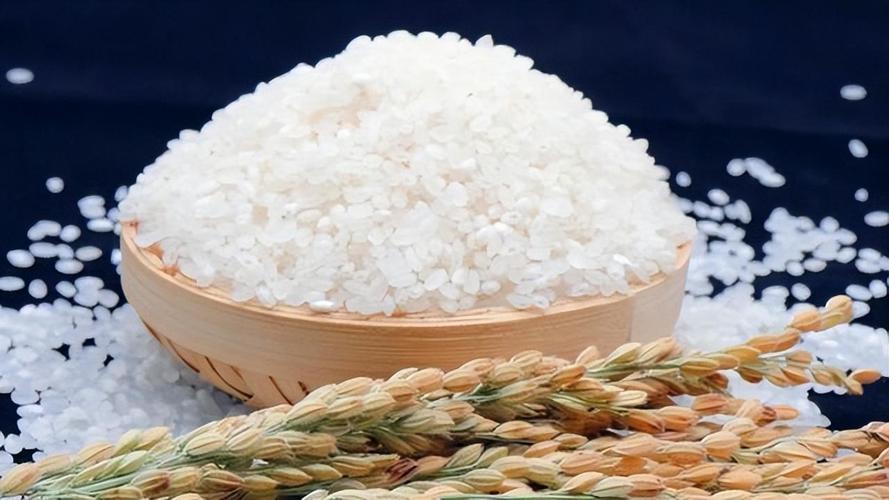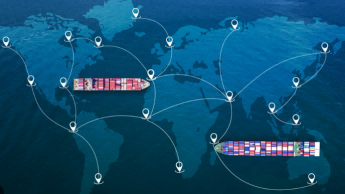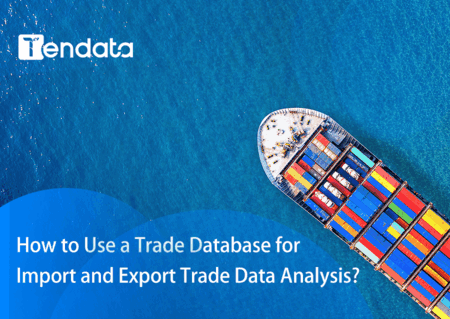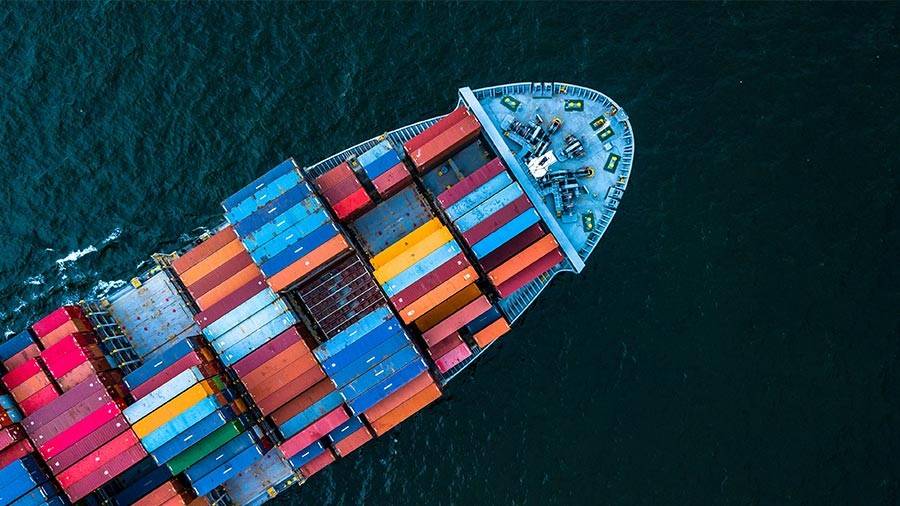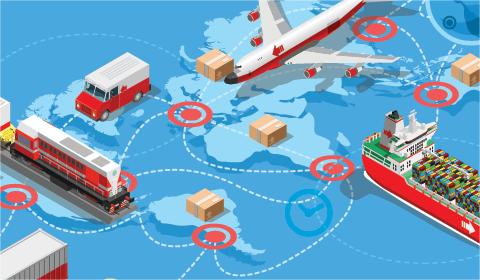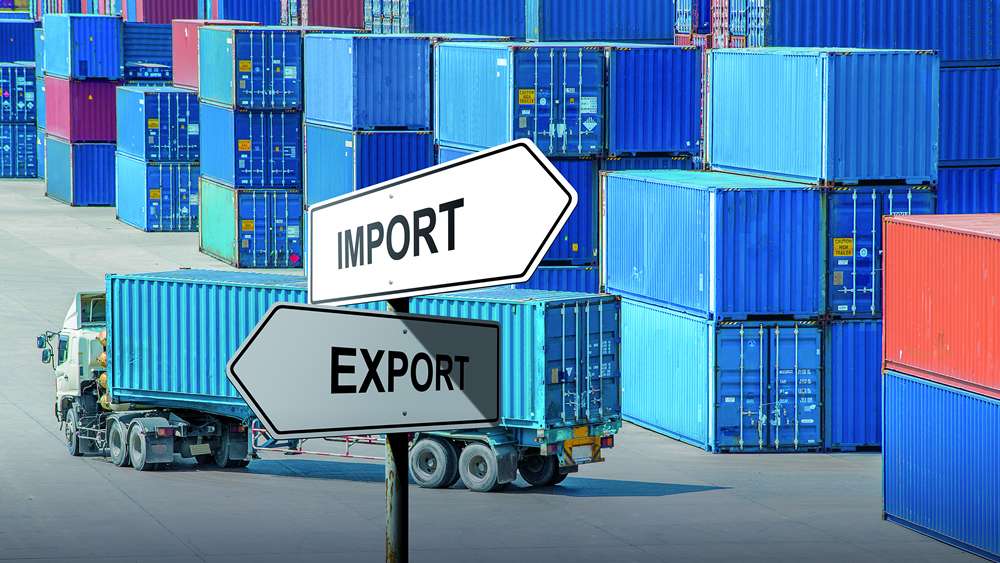 Import News
Import News
 13-09-2024
13-09-2024
In the global market for petroleum lubricating oil and grease, certain countries stand out as major importers. This article explores the leading import markets based on their import values in 2023, with a focus on petroleum lubricating oil and grease import data provided by the Tendata market intelligence platform.

1. China – $641.3 Million USD
China tops the list as the largest importer of petroleum lubricating oil and grease, with an import value of $641.3 million USD in 2023. The country’s extensive manufacturing sector and growing automotive industry drive its substantial demand for petroleum lubricating oil and grease. China's dominance in the petroleum lubricating oil and grease import market reflects its critical role in the global supply chain.
2. Germany – $378.5 Million USD
Germany ranks second with an import value of $378.5 million USD for petroleum lubricating oil and grease in 2023. The country’s advanced industrial base and strong manufacturing sector contribute to its significant import volume, making it a key player in the petroleum lubricating oil and grease import market.
3. Canada – $287.8 Million USD
Canada is a major importer of petroleum lubricating oil and grease, with an import value of $287.8 million USD in 2023. The diverse Canadian economy and its extensive transportation infrastructure drive its demand for lubricants and greases, reflecting its important position in the global petroleum lubricating oil and grease import landscape.
4. Mexico – $202.1 Million USD
Mexico holds the fourth spot, importing $202.1 million USD worth of petroleum lubricating oil and grease in 2023. The country's expanding automotive industry and industrial sector fuel its demand for these products, highlighting its growing role in the petroleum lubricating oil and grease import market.
5. Netherlands – $178.0 Million USD
The Netherlands ranks fifth with an import value of $178.0 million USD in 2023. Its strategic position as a gateway to Europe and its well-established logistics infrastructure enhance its status as a major hub for petroleum lubricating oil and grease imports.
6. Belgium – $165.7 Million USD
Belgium is sixth on the list, with an import value of $165.7 million USD for petroleum lubricating oil and grease in 2023. The country's strong industrial sector and access to key European markets make it an important player in the petroleum lubricating oil and grease import sector.
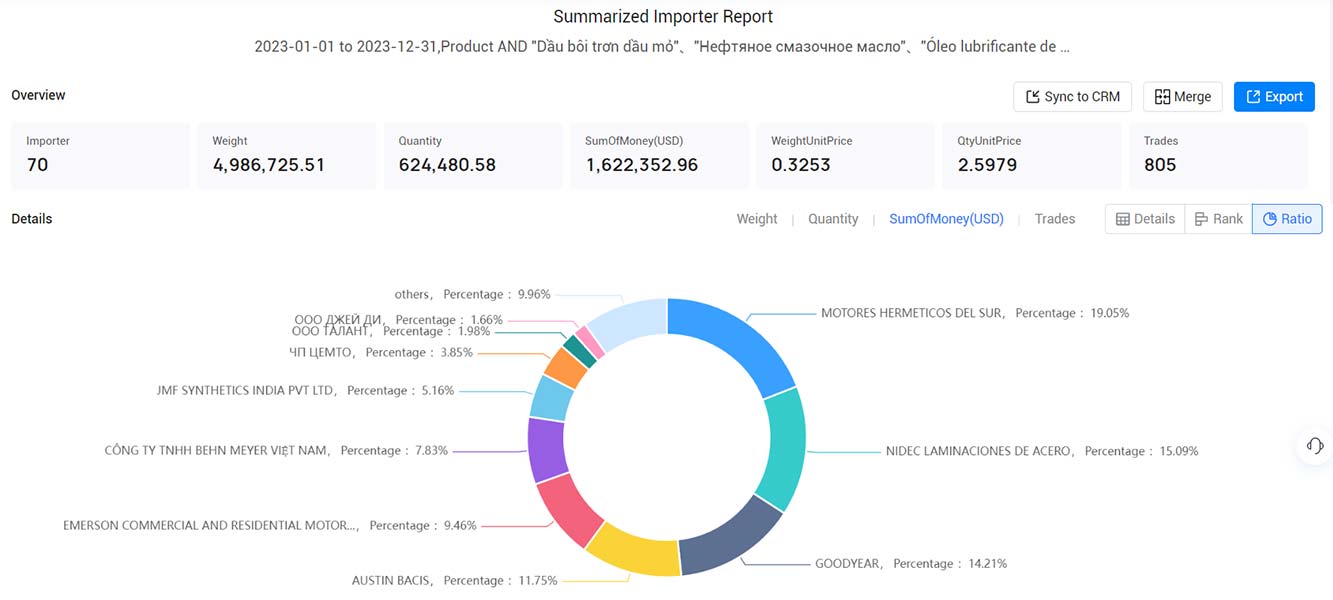
Picture from Tendata
Leveraging Petroleum Lubricating Oil and Grease Import Data
The petroleum lubricating oil and grease import data reveals essential insights into the international trade dynamics of these products. It provides detailed information about importers, suppliers, quantities, and countries, facilitating in-depth competitor analysis and identification of new trading partners.
Our specialized petroleum lubricating oil and grease import dashboard offers a comprehensive solution for establishing trade relations between importers and exporters. This tool allows you to quickly access real-time data, save and download results, and perform detailed analyses—all in a single platform.
Discover verified buyers and sellers of petroleum lubricating oil and grease across 218+ countries, complete with accurate contact details including phone numbers and email addresses.
Subscribe Now to our dashboard to enhance your global trade strategy with precise, actionable insights into the petroleum lubricating oil and grease import market.
1. Establishing a Customer Resource Repository by Country
Creating a customer resource repository is akin to your own work record sheet. Begin by utilizing trade tracking functionality to compile a list of all customers from a particular country. Next, perform specific analyses based on factors such as each purchaser's procurement volume, purchase cycle, product specifications, and supplier systems (with emphasis on examining the diversity or singularity of their supply channels; preferably retaining customers with diversified suppliers, as those relying on a single supply channel may be harder to develop). Lastly, filter out the potential high-quality customers constituting 30% of this country's total, and record them in your customer resource repository, allowing flexible categorization by country, time, customer name, follow-up steps, phone numbers, emails, and other contacts. (>>>Click to Start Developing Customers for Free<<<)

2. Creating a Customer Resource Repository by Peer Companies
Have a solid understanding of peer companies' English names (including full names, abbreviations, etc.). Utilize the global networking capability of suppliers to generate a list of all clients associated with peer companies within the system. Following this, perform essential analyses on these clients based on factors like procurement volume, procurement cycle, product models, and others. Ultimately, identify and record the key customers of your targeted peer companies in your customer resource repository. (>>>Click to Start Developing Customers for Free<<<)
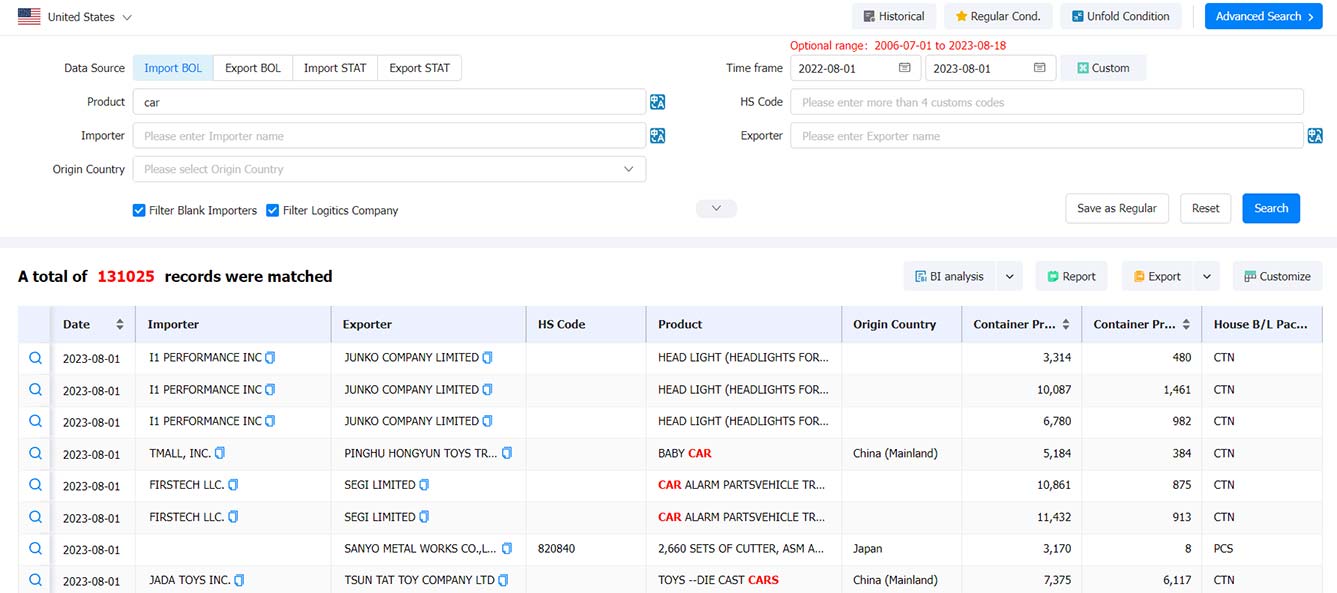
3. Cataloging New Customers from Each Country
For newly emerging customers from specific countries, use the trade search function to select the country, set the date range and limit product names or customs codes. Check "Newest," and the search results will display high-quality customers that emerged most recently in that country within the designated timeframe. Since these customers are newly established, with recent procurement transactions, their supplier stability might be unsteady. Therefore, prioritize following up with these new potential buyers. Lastly, record all these new prospects in your customer resource repository. (>>>Click to Start Developing Customers for Free<<<)
All three strategies for utilizing customs data to develop customers can be tailored to your company's actual needs. Depending on market conditions, industry specifics, strategic requirements, etc., find the approach that suits you best, with the sole aim of classifying and organizing your premium customers. Once you've found suitable customers, the next step is to contact them precisely, employing various methods such as phone calls, emails, and online chats.
Category
Leave Message for Demo Request or Questions


 T-info
T-info T-discovery
T-discovery

 My
Tendata
My
Tendata Market Analysis
Market Analysis Customer
Development
Customer
Development Competitor
Monitoring
Competitor
Monitoring Customer Relationship
Customer Relationship




